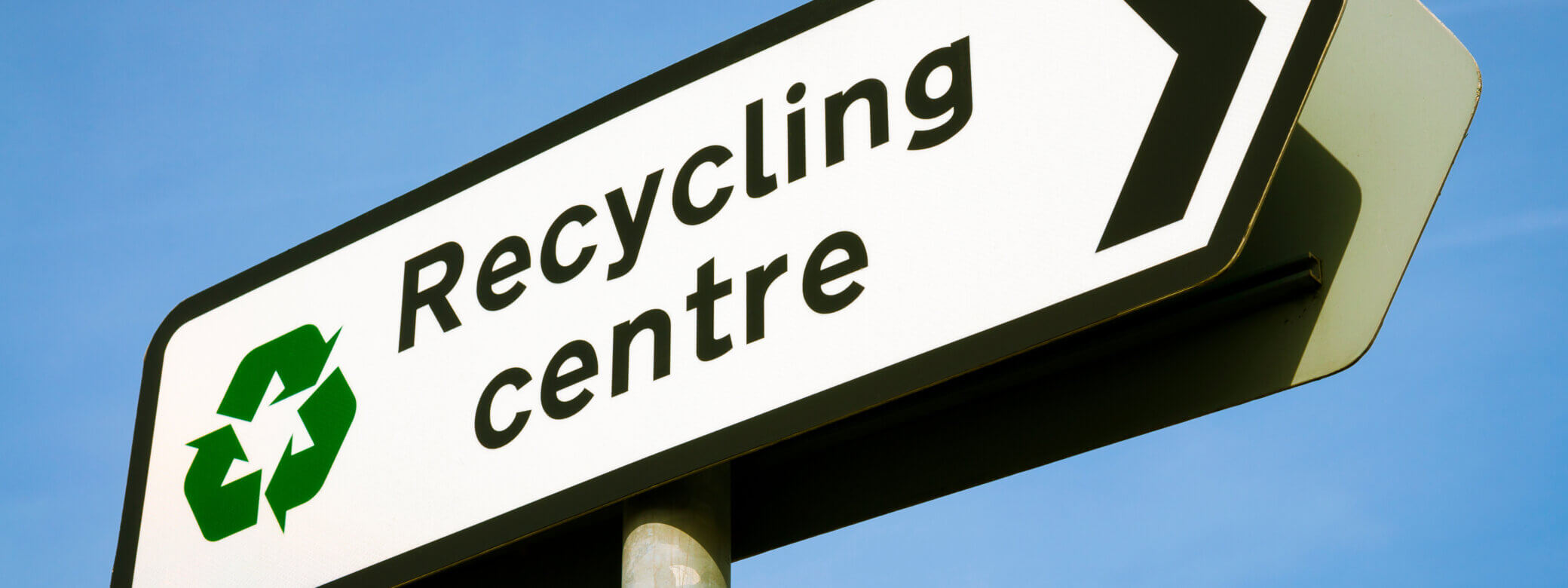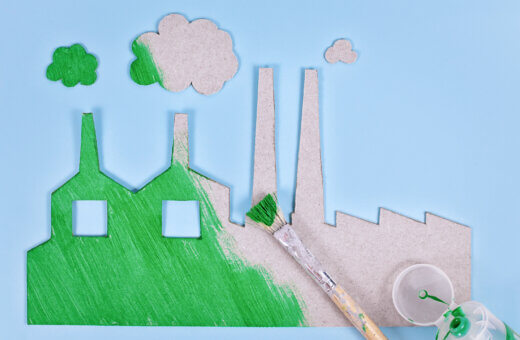Introduction
The push for sustainable packaging solutions has gained significant momentum in recent years, with an emphasis on recyclability as a key component. Flexible recyclable packaging, often made into plastic films or pouches, which have become increasingly popular in various industries due to its lightweight, cost-effective, and versatile nature. However, the question remains: Does flexible recyclable packaging actually get recycled? In this blog, we’ll explore the challenges and opportunities surrounding the recycling of such packaging materials.
The Complex World of Recycling
Recycling is a complex and multifaceted process, influenced by various factors, including consumer behaviour, collection and sorting systems, market demand, and technological advancements. Flexible recyclable packaging is no exception to these challenges, and its recyclability isn’t guaranteed unless all elements align properly.
Consumer Behaviour
One of the critical factors in recycling is consumer behaviour. People need to correctly sort and dispose of recyclable materials in the appropriate bins. Unfortunately, flexible packaging can often be confusing for consumers, as it may not bear clear recycling symbols or instructions. This lack of awareness or clarity can lead to improper disposal, resulting in recyclable materials ending up in landfills.
Collection and Sorting Systems
Recycling facilities play a pivotal role in the journey of flexible recyclable packaging. Different regions may have varying capabilities when it comes to sorting and processing such materials. While some facilities are equipped to handle flexible packaging, others may not have the necessary technology, leading to potential recyclable waste being discarded.
Market Demand and Value
Recycling is also driven by market demand and the value of recycled materials. If there is no demand for recycled flexible packaging materials, recycling facilities may opt to send these materials to landfills or incineration instead of recycling them. This can discourage investment in recycling infrastructure for such materials.
Technological Advancements
On the brighter side, advances in recycling technology have made it possible to recycle some types of flexible packaging. Innovations such as specialized sorting equipment and chemical recycling processes have been developed to address the challenges posed by these materials. However, these technologies are not yet widespread and face challenges in terms of scalability and cost-effectiveness.
Opportunities and Solutions
While the recycling of flexible packaging materials presents challenges, there are opportunities and solutions that can help improve the situation:
Design for Recyclability: Packaging manufacturers can play a crucial role in making flexible packaging more recyclable by designing materials that are easier to recycle. This includes using mono-material structures and ensuring clear recycling labels.
Consumer Education: Raising awareness and educating consumers about the recyclability of flexible packaging is essential. Clear labelling and public awareness campaigns can help consumers make informed choices.
Recycling Infrastructure Investment: Expanding and upgrading recycling facilities to handle flexible packaging materials is vital. Government and industry collaborations can drive such investments.
Circular Economy Initiatives: Businesses can adopt a circular economy approach, where they take responsibility for the entire life cycle of their products, including the packaging. This includes using more recycled materials and designing products for easier recycling.
Market Demand: Encouraging and creating demand for recycled flexible packaging materials can drive the recycling industry’s interest in these materials. This can be achieved through government procurement policies, corporate sustainability commitments, and consumer preferences.
Conclusion
The question of whether flexible recyclable packaging actually gets recycled is a complex one, influenced by a variety of factors, from consumer behaviour to recycling infrastructure and market demand. While challenges persist, there are promising solutions and opportunities for improvement. The success of recycling flexible packaging largely depends on concerted efforts from consumers, businesses, governments, and the recycling industry to create a more sustainable and circular approach to packaging materials. By working together, we can enhance the recyclability and recycling rates of flexible packaging, contributing to a greener and more sustainable future.




